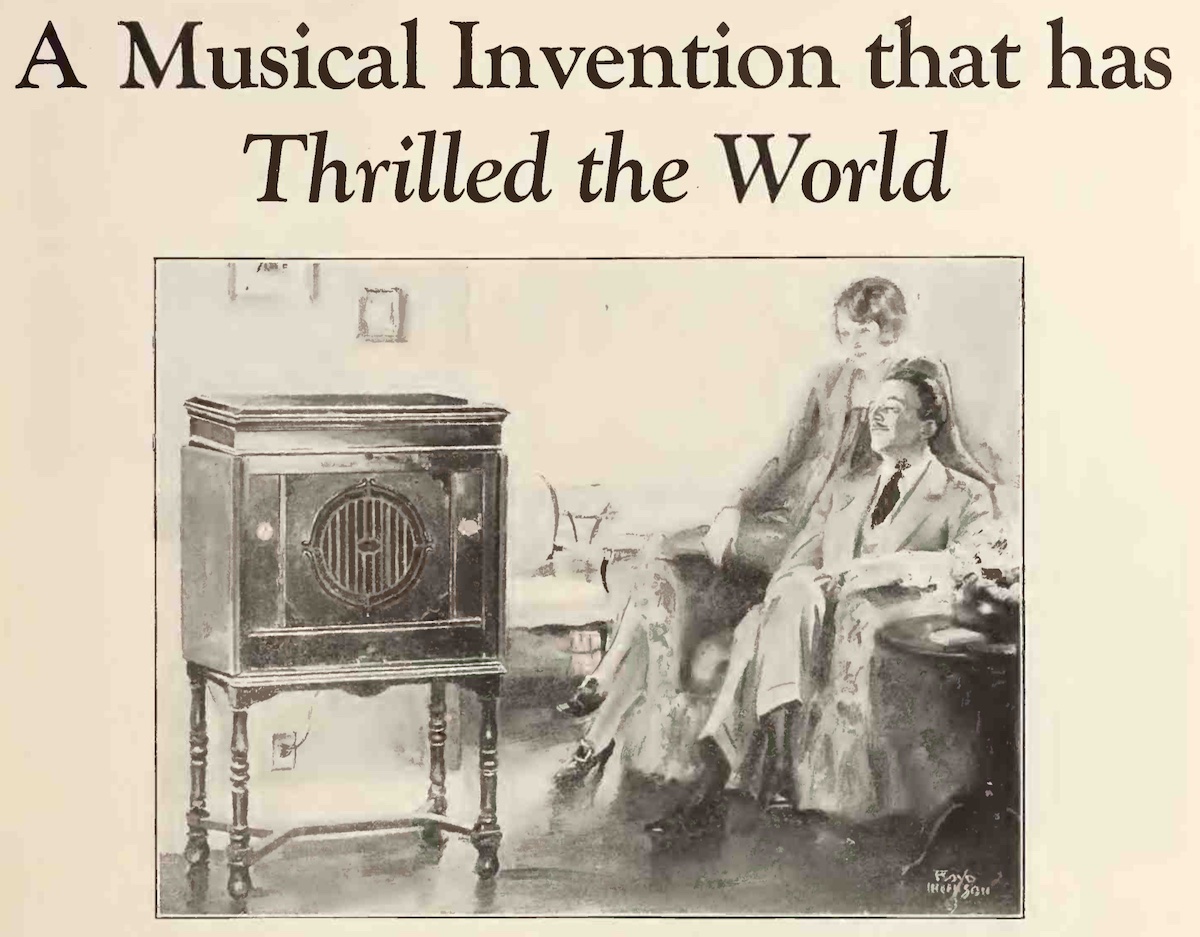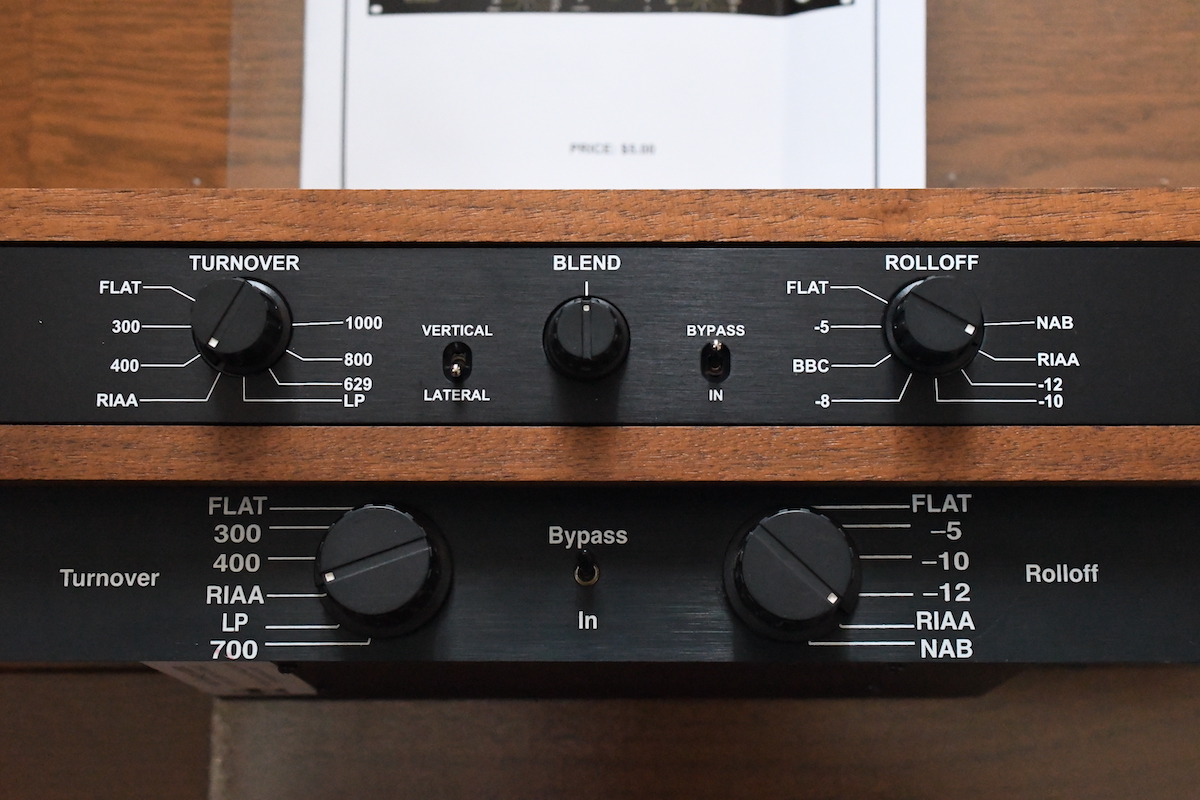Things I learned on Phono EQ curves, Pt. 2
「Pt.0 (はじめに)」、そして「Pt.1 (定速度と定振幅、電気録音黎明期)」の続きです。
This article is a sequel to “Things I learned on Phono EQ curves, Pt.0” and “Things I learned on Phono EQ curves, Pt.1”.
前回 は、いろいろ脱線しながら(笑)レコードに記録される2つの特性と、電気録音黎明期のあれこれについて調べました。今回は、EQカーブの話を離れて、電気録音黎明期のあれこれ についてもう少し調べていきます。
On the previous part, I studied on two recording characteristics (constant velocity and constant amplitude), as well as the history of Electrical Recording in its very early years, along with several digressions… This time, I am going to continue learning other things during the early days of electrical recording, apart from EQ curves.

source: Brunswick Panatrope Ad on “The Talking Machine World, February 15, 1927”, p.5.




![[RCA Victor LPM-2302 Front Cover]](https://microgroove.jp/img/VictorLPM2302_F.jpg)
![[RCA Victor LPM-2302 Back Cover]](https://microgroove.jp/img/VictorLPM2302_B.jpg)
![[Tijuana Moods]](https://microgroove.jp/img/09026-63840-2_F.jpg)